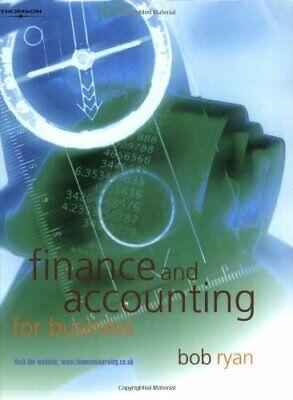Question
Phoenix Company manufactures only one product and uses a standard cost system. The company uses a plantwide predetermined overhead rate that relies on direct labor-hours
Phoenix Company manufactures only one product and uses a standard cost system. The company uses a plantwide predetermined overhead rate that relies on direct labor-hours as the allocation base. The predetermined overhead rate is based on a cost formula that estimated $2,887,200 of fixed and variable manufacturing overhead for an estimated allocation base of 240,600 direct labor-hours. Phoenix does not maintain any beginning or ending work in process inventory.
The companys beginning balance sheet is as follows:
| Phoenix Company | ||
| Balance Sheet | ||
| 1/1/XX | ||
| (dollars in thousands) | ||
| Assets | ||
| Cash | $ | 1,500 |
| Raw materials inventory | 360 | |
| Finished goods inventory | 660 | |
| All other assets | 13,200 | |
| Total assets | $ | 15,720 |
| Liabilities and Equity | ||
| Retained earnings | $ | 15,720 |
| Total liabilities and equity | $ | 15,720 |
The companys standard cost card for its only product is as follows:
| Inputs | (1) Standard Quantity or Hours | (2) Standard Price or Rate | Standard Cost (1) (2) | ||||
| Direct materials | 3 pounds | $ | 28.00 | per pound | $ | 84.00 | |
| Direct labor | 2.00 hours | $ | 16.00 | per hour | 32.00 | ||
| Variable manufacturing overhead | 2.00 hours | $ | 2.00 | per hour | 4.00 | ||
| Fixed manufacturing overhead | 2.00 hours | $ | 10.00 | per hour | 20.00 | ||
| Total standard cost per unit | $ | 140.00 | |||||
During the year Phoenix completed the following transactions:
- Purchased (with cash) 463,000 pounds of raw material at a price of $29.50 per pound.
- Added 432,400 pounds of raw material to work in process to produce 126,200 units.
- Assigned direct labor costs to work in process. The direct laborers (who were paid in cash) worked 266,200 hours at an average cost of $15.00 per hour to manufacture 126,200 units.
- Applied variable manufacturing overhead to work in process inventory using the variable portion of the predetermined overhead rate multiplied by the number of direct labor-hours allowed to manufacture 126,200 units. Actual variable manufacturing overhead costs for the year (all paid in cash) were $481,200.
- Applied fixed manufacturing overhead to work in process inventory using the fixed portion of the predetermined overhead rate multiplied by the number of direct labor-hours allowed to manufacture 126,200 units. Actual fixed manufacturing overhead costs for the year were $2,453,000. Of this total, $1,306,000 related to items such as insurance, utilities, and salaried indirect laborers that were all paid in cash and $1,147,000 related to depreciation of equipment.
- Transferred 126,200 units from work in process to finished goods.
- Sold (for cash) 123,600 units to customers at a price of $175 per unit.
- Transferred the standard cost associated with the 123,600 units sold from finished goods to cost of goods sold.
- Paid $1,900,000 of selling and administrative expenses.
- Closed all standard cost variances to cost of goods sold.
Required:
1. Compute all direct materials, direct labor, variable overhead, and fixed overhead variances for the year.
2. Record transactions a through j for Phoenix Company.
3. Compute the ending balances for Phoenix Companys balance sheet.
4. Prepare Phoenix Companys income statement for the year.
Step by Step Solution
There are 3 Steps involved in it
Step: 1

Get Instant Access to Expert-Tailored Solutions
See step-by-step solutions with expert insights and AI powered tools for academic success
Step: 2

Step: 3

Ace Your Homework with AI
Get the answers you need in no time with our AI-driven, step-by-step assistance
Get Started


